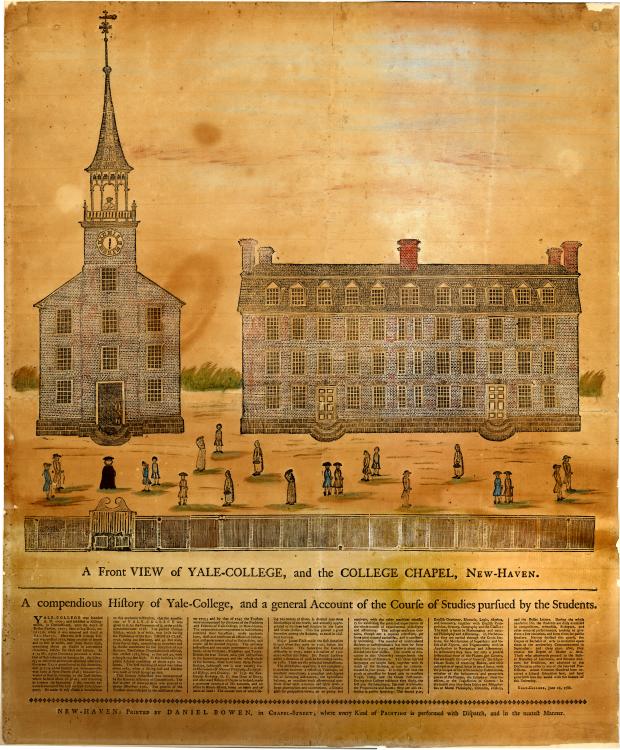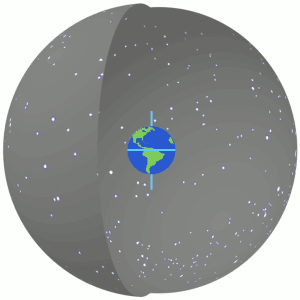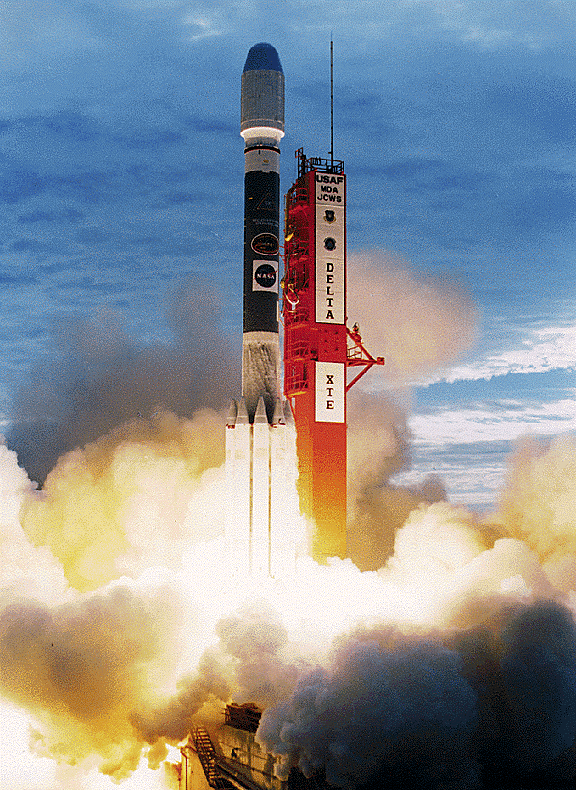|
GRB 991216
GRB 991216, nicknamed the Beethoven Burst by Dr. Brad Schaefer of Yale University, was a gamma-ray burst observed on December 16, 1999, coinciding with the 229th anniversary of Ludwig van Beethoven's birth. A gamma-ray burst is a highly luminous flash associated with an explosion in a distant galaxy and producing gamma rays, the most energetic form of electromagnetic radiation, and often followed by a longer-lived "afterglow" emitted at longer wavelengths (X-ray, ultraviolet, optical, infrared, and radio). Overview The optical afterglow of the burst reached an apparent magnitude of 18.7, making the Beethoven Burst one of the brightest bursts ever detected, even though it occurred about 10 billion light years from Earth. Frank Marshall, a NASA astrophysicist at the Goddard Space Flight Center, commented that "this was by far the brightest burst we have detected in a long time." The burst's peak flux ranked it as the second most powerful burst that the Burst and Transient Source Ex ... [...More Info...] [...Related Items...] OR: [Wikipedia] [Google] [Baidu] |
Yale University
Yale University is a Private university, private Ivy League research university in New Haven, Connecticut, United States. Founded in 1701, Yale is the List of Colonial Colleges, third-oldest institution of higher education in the United States, and one of the nine colonial colleges chartered before the American Revolution. Yale was established as the Collegiate School in 1701 by Congregationalism in the United States, Congregationalist clergy of the Connecticut Colony. Originally restricted to instructing ministers in theology and sacred languages, the school's curriculum expanded, incorporating humanities and sciences by the time of the American Revolution. In the 19th century, the college expanded into graduate and professional instruction, awarding the first Doctor of Philosophy, PhD in the United States in 1861 and organizing as a university in 1887. Yale's faculty and student populations grew rapidly after 1890 due to the expansion of the physical campus and its scientif ... [...More Info...] [...Related Items...] OR: [Wikipedia] [Google] [Baidu] |
Compton Gamma Ray Observatory
The Compton Gamma Ray Observatory (CGRO) was a space observatory detecting photons with photon energy, energies from 20 kElectronvolt#Properties, eV to 30 GeV, in Earth orbit from 1991 to 2000. The observatory featured four main telescopes in one spacecraft, covering X-rays and gamma rays, including various specialized sub-instruments and detectors. Following 14 years of effort, the observatory was launched from Space Shuttle Atlantis, Space Shuttle ''Atlantis'' during STS-37 on April 5, 1991, and operated until its Atmospheric entry#Deorbit disposal, deorbit on June 4, 2000. It was deployed in low Earth orbit at to avoid the Van Allen radiation belt. It was the heaviest astrophysical payload ever flown at that time at . Costing $617 million, the CGRO was part of NASA's Great Observatories program, Great Observatories series, along with the Hubble Space Telescope, the Chandra X-ray Observatory, and the Spitzer Space Telescope. It was the second of the series to ... [...More Info...] [...Related Items...] OR: [Wikipedia] [Google] [Baidu] |
Astronomical Objects Discovered In 1999
Astronomy is a natural science that studies celestial objects and the phenomena that occur in the cosmos. It uses mathematics, physics, and chemistry in order to explain their origin and their overall evolution. Objects of interest include planets, moons, stars, nebulae, galaxies, meteoroids, asteroids, and comets. Relevant phenomena include supernova explosions, gamma ray bursts, quasars, blazars, pulsars, and cosmic microwave background radiation. More generally, astronomy studies everything that originates beyond Earth's atmosphere. Cosmology is a branch of astronomy that studies the universe as a whole. Astronomy is one of the oldest natural sciences. The early civilizations in recorded history made methodical observations of the night sky. These include the Egyptians, Babylonians, Greeks, Indians, Chinese, Maya, and many ancient indigenous peoples of the Americas. In the past, astronomy included disciplines as diverse as astrometry, celestial navigation, observational ... [...More Info...] [...Related Items...] OR: [Wikipedia] [Google] [Baidu] |
Gamma-ray Bursts
In gamma-ray astronomy, gamma-ray bursts (GRBs) are extremely energetic events occurring in distant galaxies which represent the brightest and most powerful class of explosion in the universe. These extreme electromagnetic emissions are second only to the Big Bang as the most energetic and luminous phenomenon ever known. Gamma-ray bursts can last from a few milliseconds to several hours. After the initial flash of gamma rays, a longer-lived afterglow is emitted, usually in the longer wavelengths of X-ray, ultraviolet, optical, infrared, microwave or radio frequencies. The intense radiation of most observed GRBs is thought to be released during a supernova or superluminous supernova as a high-mass star implodes to form a neutron star or a black hole. Short-duration (sGRB) events are a subclass of GRB signals that are now known to originate from the cataclysmic merger of binary neutron stars. The sources of most GRB are billions of light years away from Earth, implying that the e ... [...More Info...] [...Related Items...] OR: [Wikipedia] [Google] [Baidu] |
Hubble Space Telescope
The Hubble Space Telescope (HST or Hubble) is a space telescope that was launched into low Earth orbit in 1990 and remains in operation. It was not the Orbiting Solar Observatory, first space telescope, but it is one of the largest and most versatile, renowned as a vital research tool and as a public relations boon for astronomy. The Hubble Space Telescope is named after astronomer Edwin Hubble and is one of NASA's Great Observatories program, Great Observatories. The Space Telescope Science Institute (STScI) selects Hubble's targets and processes the resulting data, while the Goddard Space Flight Center (GSFC) controls the spacecraft. Hubble features a mirror, and its five main instruments observe in the ultraviolet, visible spectrum, visible, and near-infrared regions of the electromagnetic spectrum. Hubble's orbit outside the distortion of atmosphere of Earth, Earth's atmosphere allows it to capture extremely high-resolution images with substantially lower background lig ... [...More Info...] [...Related Items...] OR: [Wikipedia] [Google] [Baidu] |
Space Telescope Imaging Spectrograph
The Space Telescope Imaging Spectrograph (STIS) is a spectrograph, also with a camera mode, installed on the Hubble Space Telescope. Aerospace engineer Bruce Woodgate of the Goddard Space Flight Center was the principal investigator and creator of the STIS. It operated continuously from 1997 until a power supply failure in August 2004. After repairs, it began operating again in 2009. The spectrograph has made many important observations, including the first spectrum of the Celestial body atmosphere, atmosphere of an extrasolar planet, HD 209458b. The STIS was installed on Hubble in 1997 during its second servicing mission (STS-82) by Mark C. Lee, Mark Lee and Steven Smith (astronaut), Steven Smith, replacing the High Resolution Spectrograph and the Faint Object Spectrograph. It was designed to operate for five years. On August 3, 2004, an electronic failure rendered STIS inoperable, ending its use 2 years beyond its predicted lifespan. In order to bring it back to operational ... [...More Info...] [...Related Items...] OR: [Wikipedia] [Google] [Baidu] |
MDM Observatory
The MDM Observatory (''Michigan-Dartmouth-MIT Observatory''; List of observatory codes, obs. code: IAU code#697, 697) is an optical astronomical observatory located adjacent to Kitt Peak National Observatory on Kitt Peak, west of Tucson, Arizona, Tucson, Arizona, in the United States. It is owned and operated by the University of Michigan, Dartmouth College, Ohio State University, Columbia University, and Ohio University. The Massachusetts Institute of Technology (MIT) was also part of the operating consortium in the past. It has two reflecting telescopes, the 2.4-meter (95 inches aperture #Hiltner Telescope, Hiltner Telescope (since 1986), used for galactic surveys, and the 1.3-meter (50 inch diameter aperture) #McGraw–Hill Telescope, McGraw–Hill Telescope (since 1975), which was originally located near Ann Arbor, Michigan. Hiltner Telescope The mirror of the 2.4-meter Hiltner Telescope is aluminum-coated Cer-Vit, and usable foci include f/7.5 and f/13.5 Cassegra ... [...More Info...] [...Related Items...] OR: [Wikipedia] [Google] [Baidu] |
Chandra X-ray Observatory
The Chandra X-ray Observatory (CXO), previously known as the Advanced X-ray Astrophysics Facility (AXAF), is a Flagship-class space telescope launched aboard the during STS-93 by NASA on July 23, 1999. Chandra is sensitive to X-ray sources 100 times fainter than any previous X-ray telescope, enabled by the high angular resolution of its mirrors. Since the Earth's atmosphere absorbs the vast majority of X-rays, they are not detectable from Earth-based telescopes; therefore space-based telescopes are required to make these observations. Chandra is an Earth satellite in a 64-hour orbit, and its mission is ongoing . Chandra is one of the Great Observatories, along with the Hubble Space Telescope, Compton Gamma Ray Observatory (1991–2000), and the Spitzer Space Telescope (2003–2020). The telescope is named after the Nobel Prize-winning Indian-American astrophysicist Subrahmanyan Chandrasekhar. Its mission is similar to that of ESA's XMM-Newton spacecraft, also launched in ... [...More Info...] [...Related Items...] OR: [Wikipedia] [Google] [Baidu] |
Declination
In astronomy, declination (abbreviated dec; symbol ''δ'') is one of the two angles that locate a point on the celestial sphere in the equatorial coordinate system, the other being hour angle. The declination angle is measured north (positive) or south (negative) of the celestial equator, along the hour circle passing through the point in question. The root of the word ''declination'' (Latin, ''declinatio'') means "a bending away" or "a bending down". It comes from the same root as the words ''incline'' ("bend forward") and ''recline'' ("bend backward"). In some 18th and 19th century astronomical texts, declination is given as ''North Pole Distance'' (N.P.D.), which is equivalent to 90 – (declination). For instance an object marked as declination −5 would have an N.P.D. of 95, and a declination of −90 (the south celestial pole) would have an N.P.D. of 180. Explanation Declination in astronomy is comparable to geographic latitude, projected onto the celestial sphere, and ... [...More Info...] [...Related Items...] OR: [Wikipedia] [Google] [Baidu] |
Right Ascension
Right ascension (abbreviated RA; symbol ) is the angular distance of a particular point measured eastward along the celestial equator from the Sun at the equinox (celestial coordinates), March equinox to the (hour circle of the) point in question above the Earth. When paired with declination, these celestial coordinate system, astronomical coordinates specify the location of a point on the celestial sphere in the equatorial coordinate system. An old term, ''right ascension'' (), "''Ascensio recta'' Solis, stellæ, aut alterius cujusdam signi, est gradus æquatorus cum quo simul exoritur in sphæra recta"; roughly translated, "''Right ascension'' of the Sun, stars, or any other sign, is the degree of the equator that rises together in a right sphere" refers to the ''ascension'', or the point on the celestial equator that rises with any celestial object as seen from Earth's equator, where the celestial equator perpendicular, intersects the horizon at a right angle. It contrasts wi ... [...More Info...] [...Related Items...] OR: [Wikipedia] [Google] [Baidu] |
Rossi X-ray Timing Explorer
The Rossi X-ray Timing Explorer (RXTE) was a NASA satellite that observed the time variation of astronomical X-ray sources, named after physicist Bruno Rossi. The RXTE had three instruments — an All-Sky Monitor, the High-Energy X-ray Timing Experiment (HEXTE) and the Proportional Counter Array. The RXTE observed X-rays from black holes, neutron stars, X-ray pulsars and X-ray bursts. It was funded as part of the Explorer program and was also called Explorer 69. RXTE had a mass of and was launched from Cape Canaveral on 30 December 1995, at 13:48:00 UTC, on a Delta II launch vehicle. Its International Designator is 1995-074A. Mission The X-Ray Timing Explorer (XTE) mission has the primary objective to study the temporal and broad-band spectral phenomena associated with stellar and galactic systems containing compact objects in the energy range 2--200 KeV and in time scales from microseconds to years. The scientific instruments consists of two pointed instruments, t ... [...More Info...] [...Related Items...] OR: [Wikipedia] [Google] [Baidu] |
Black Hole
A black hole is a massive, compact astronomical object so dense that its gravity prevents anything from escaping, even light. Albert Einstein's theory of general relativity predicts that a sufficiently compact mass will form a black hole. The boundary (topology), boundary of no escape is called the event horizon. A black hole has a great effect on the fate and circumstances of an object crossing it, but has no locally detectable features according to general relativity. In many ways, a black hole acts like an ideal black body, as it reflects no light. Quantum field theory in curved spacetime predicts that event horizons emit Hawking radiation, with thermal radiation, the same spectrum as a black body of a temperature inversely proportional to its mass. This temperature is of the Orders of magnitude (temperature), order of billionths of a kelvin for stellar black holes, making it essentially impossible to observe directly. Objects whose gravitational fields are too strong for ... [...More Info...] [...Related Items...] OR: [Wikipedia] [Google] [Baidu] |











